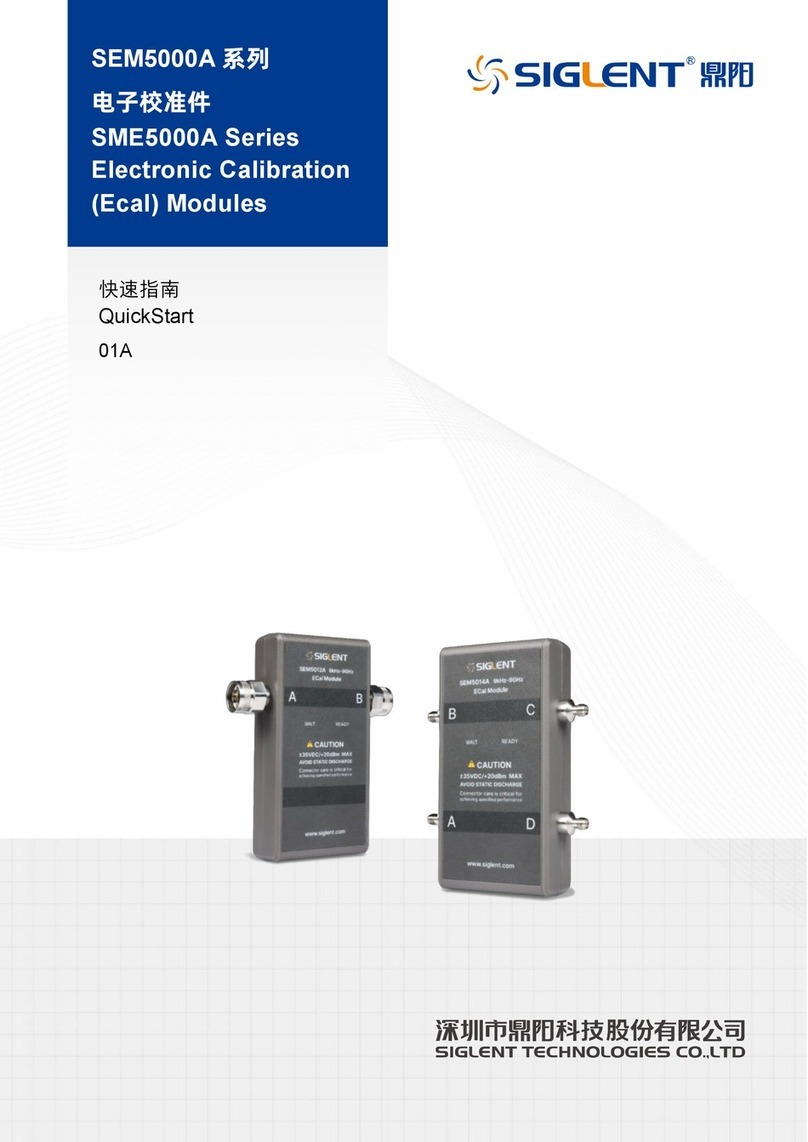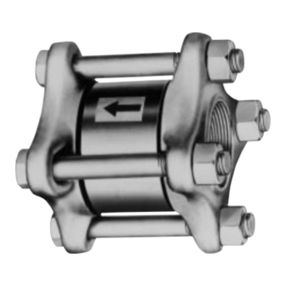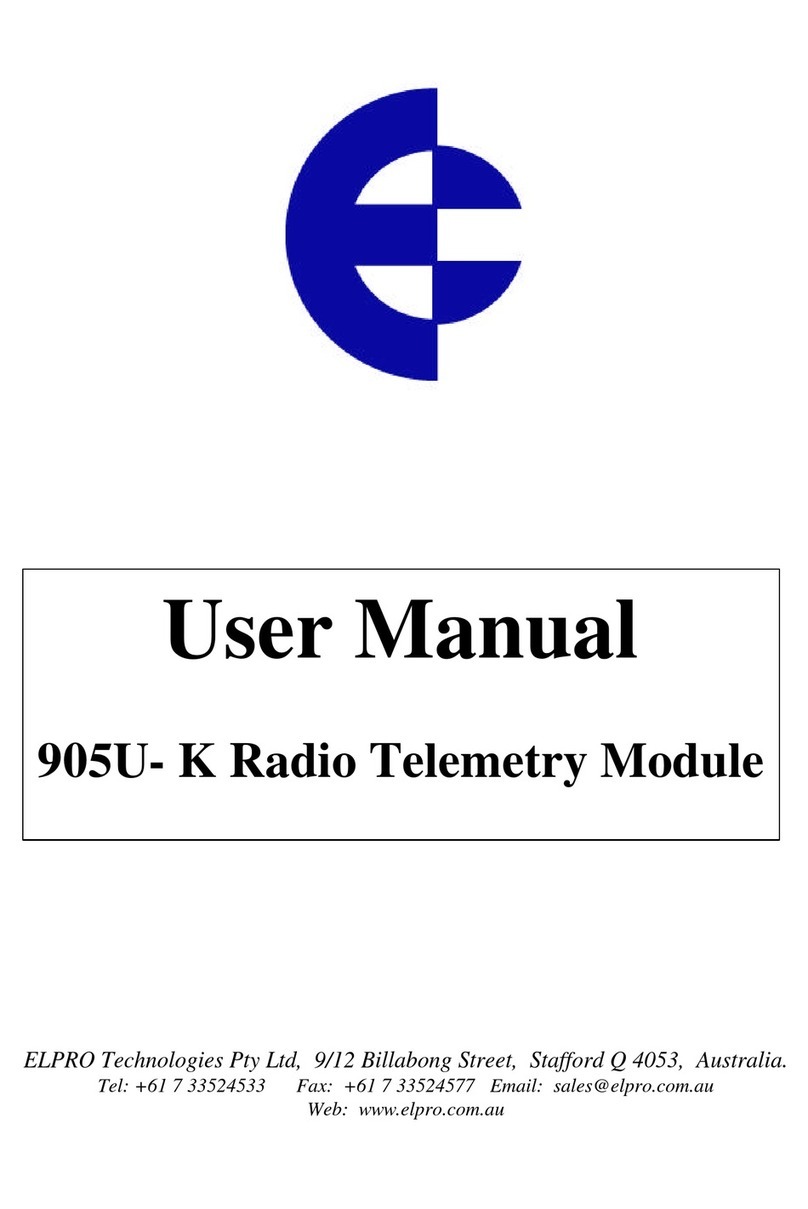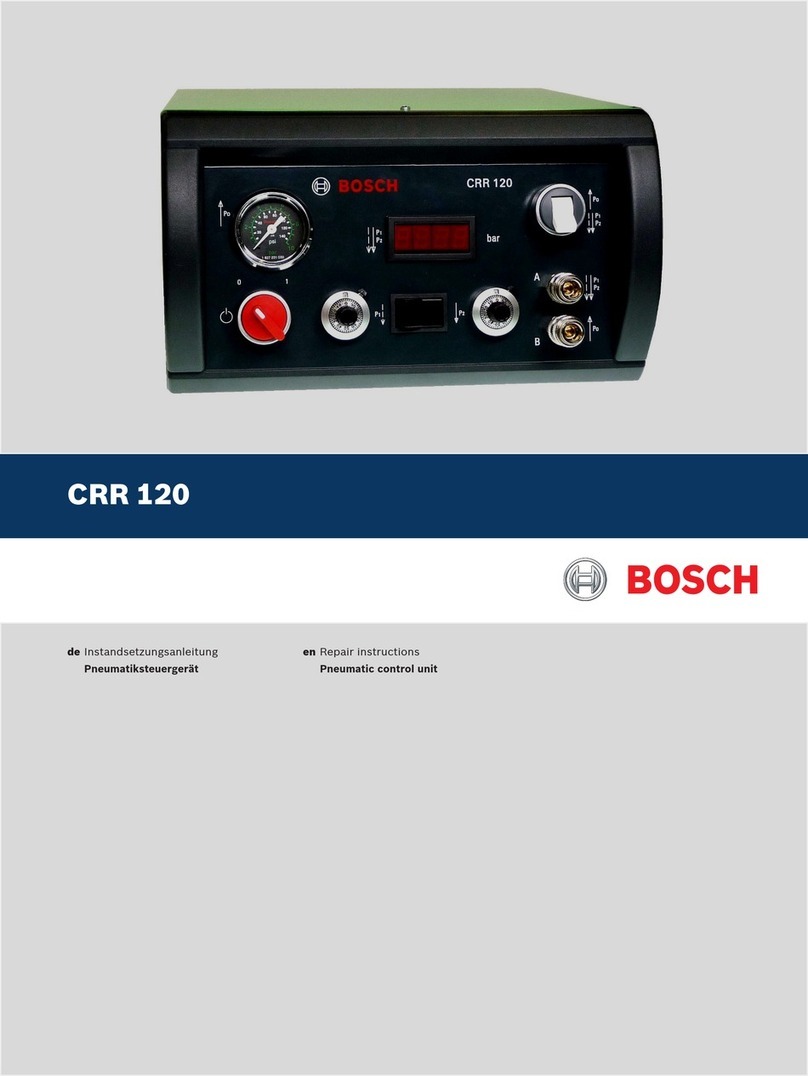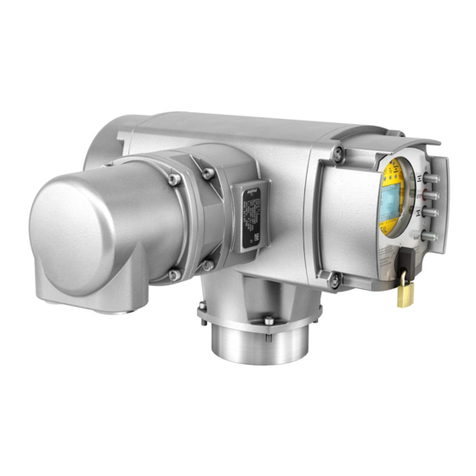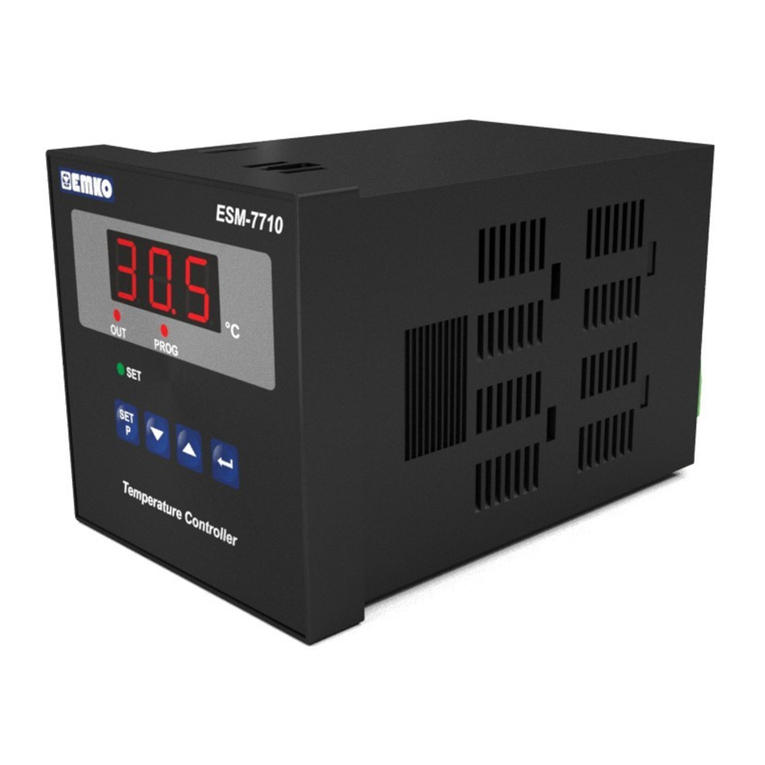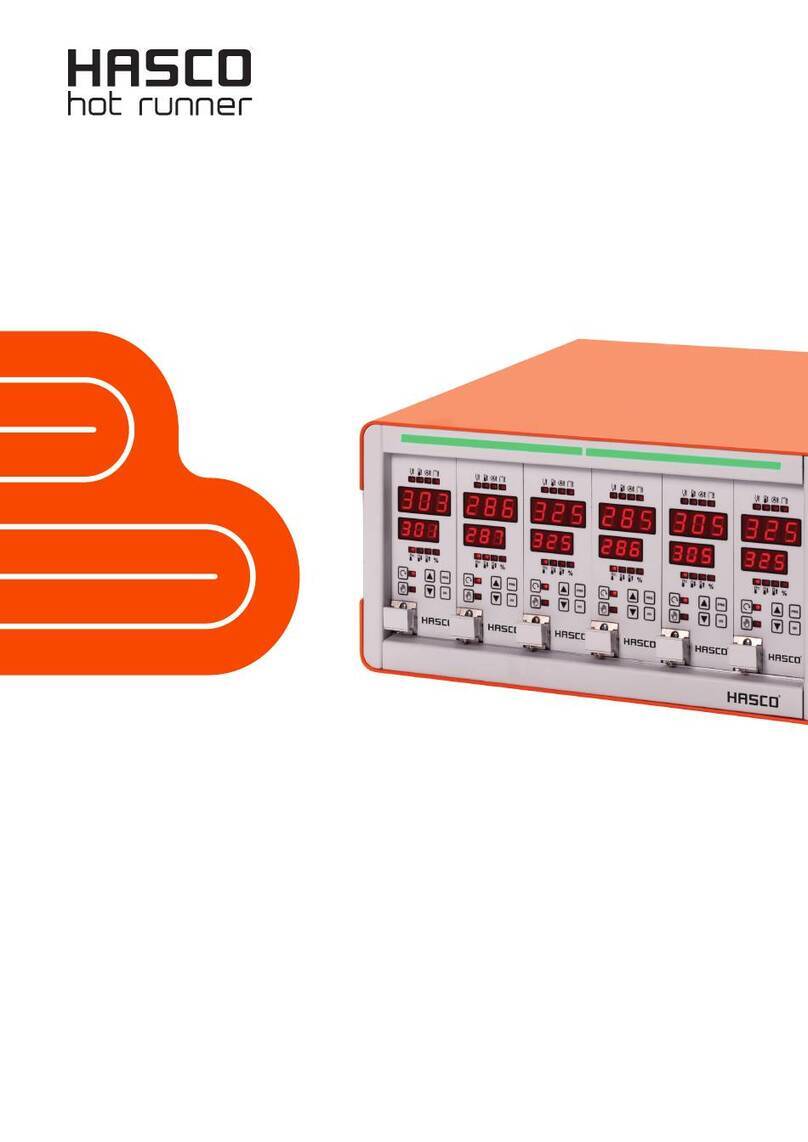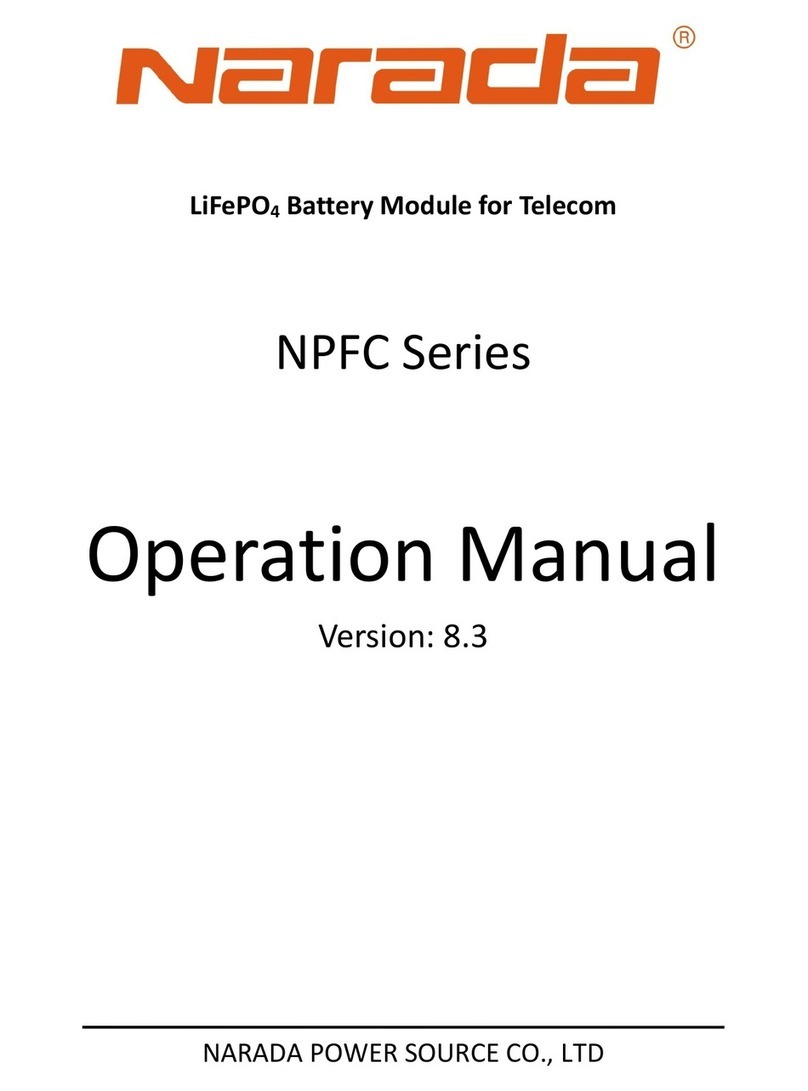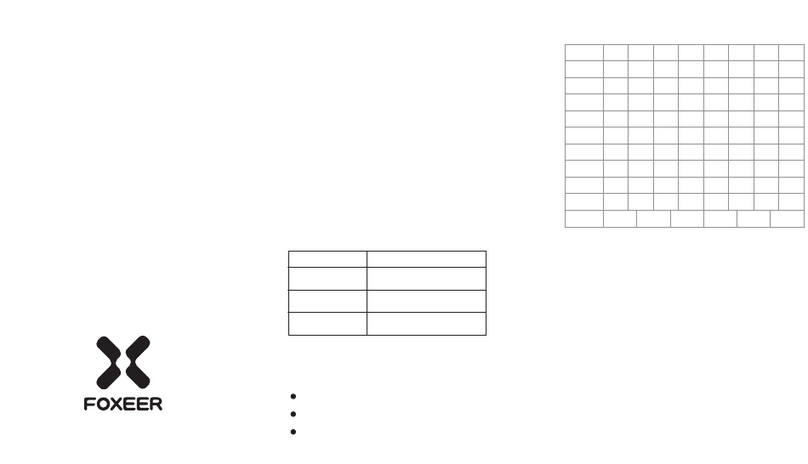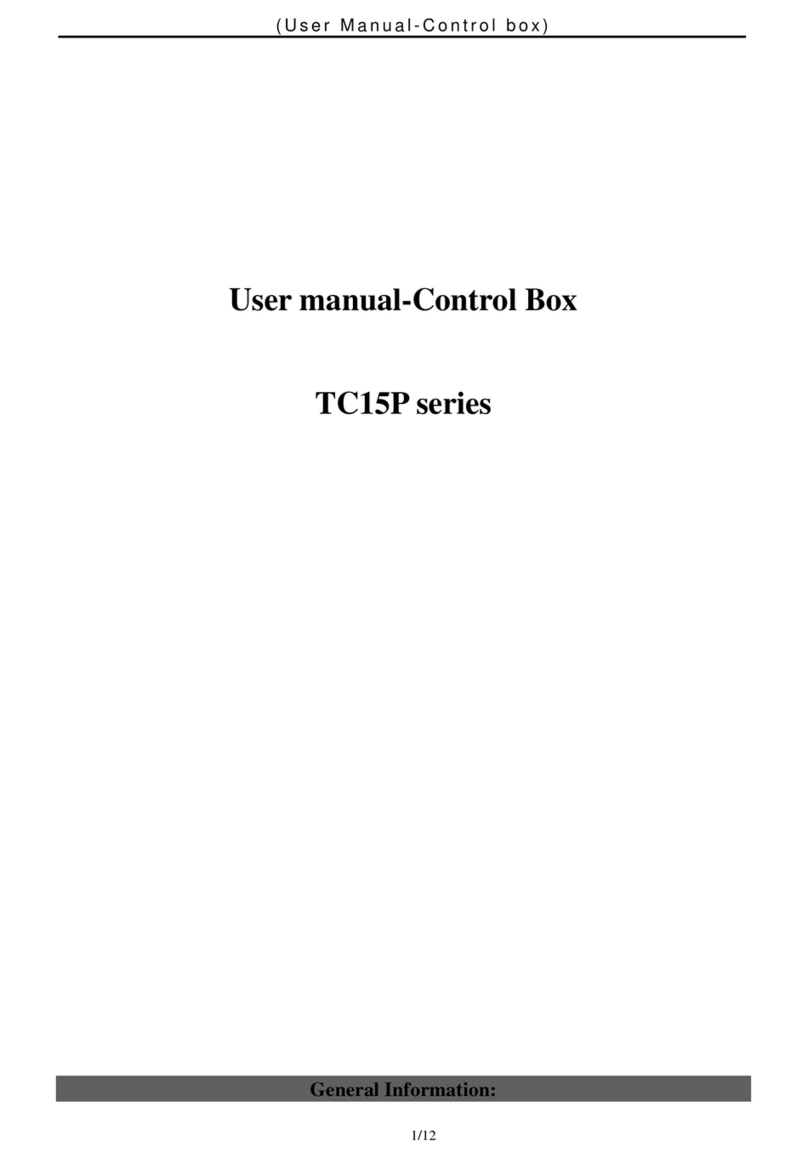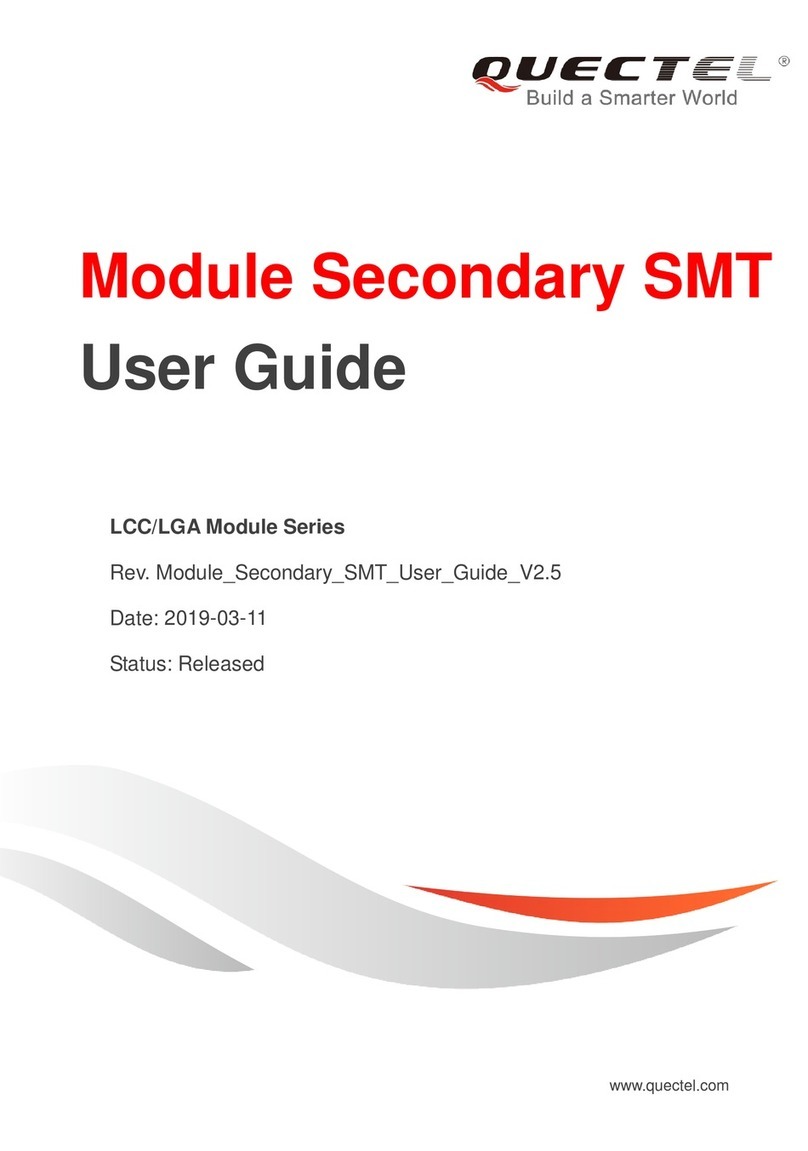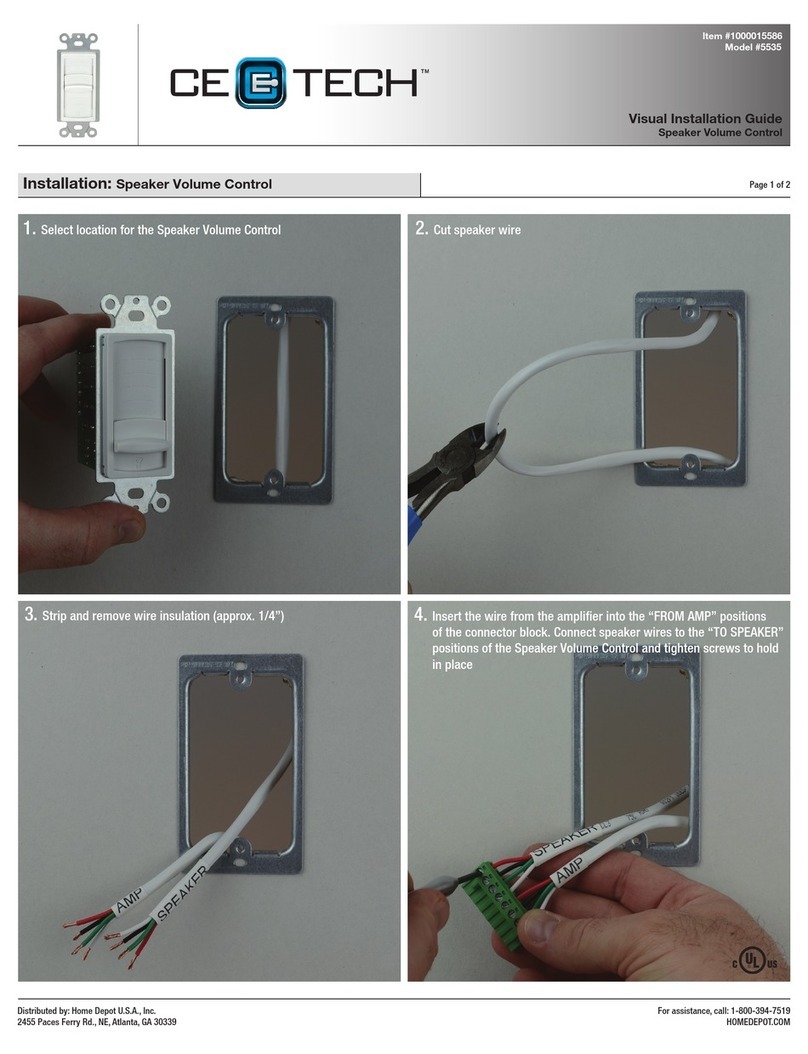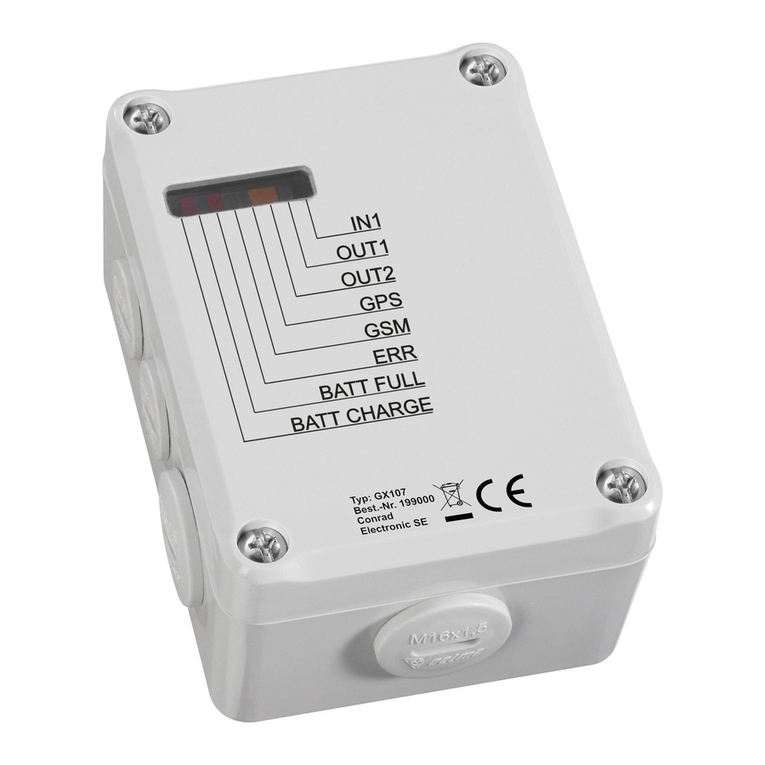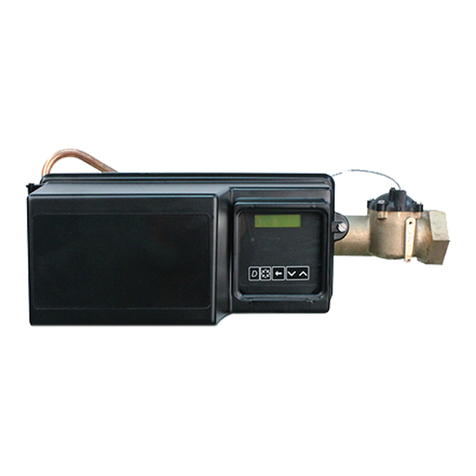SIGLENT STB3 User manual

User Manual
STB3 Demo Board
2018 SIGLENT Technologies

This page intentionally left blank
II STB3 User Manual

Index
Features ............................................................................................................... 1
Common Waveforms......................................................................................................1
Sine Wave...............................................................................................................1
Square Wave...........................................................................................................2
AM Signal ...............................................................................................................4
Fast Edge Square Wave ...........................................................................................4
Burst Signal.............................................................................................................6
Special Signals ................................................................................................................7
PWM ......................................................................................................................7
BURST.....................................................................................................................7
GLITCH....................................................................................................................9
SLOPE ...................................................................................................................10
RUNT ....................................................................................................................11
Pseudo-Noise Sequence ........................................................................................13
Noisy PWM ...........................................................................................................13
Signal for Demonstrating SPO ................................................................................14
Serial Protocol..............................................................................................................15
I2C........................................................................................................................15
SPI ........................................................................................................................16
UART .................................................................................................................... 17
LIN........................................................................................................................ 17
CAN ......................................................................................................................18
PASS/FAIL Demonstration.............................................................................................19
MSO Demonstration.....................................................................................................19
Quick Start.......................................................................................................... 20
Connection Example ..................................................................................................... 20
3STB3 User Manual

Features
The STB3 is a multi-signal generator board which was designed to aid in
demonstrating SIGLENT oscilloscopes advanced features. Functions and
operations such as advanced triggering, serial decoding, digital-phosphor
display, and more can be demonstrated.
Common Waveforms
Sine Wave
1. Sine Wave #1
Frequency: 25 MHz
Amplitude: Approximately 1.3 Vpp
Output from jumper
2. Sine Wave #2
Frequency: 1.25 MH
Amplitude: Approximately 750 mVpp
Output from BNC connector
Figure 1 Sine Wave #1
1STB3 User Manual

Figure 2 Sine Wave #2
Square Wave
1. Square Wave #1
Frequency: 1 kHz
Amplitude: Approximately 3 Vpp
DC offset: 3.3 V
2. Square Wave #2
Frequency: 100 kHz
Amplitude: Approximately 3.3 Vpp
DC offset: 1.7 V
3. Square Wave #3
Frequency: 10 MHz
Amplitude: Approximately 3.3 Vpp
DC offset: 1.7 V
Attention
Use ground spring when probing square wave #3 to get the optimum signal fidelity
as shown below.
2STB3 User Manual

Figure 3 Square Wave #1
Figure 4 Square Wave #2
Figure 5 Square Wave #3
3STB3 User Manual

AM Signal
Modulation Signal Frequency: 2.5 MHz
Carrier Frequency: 25 MHz
Adjustable modulation depth
Figure 6 Square Wave #3
Fast Edge Square Wave
Frequency: 1 MHz, 10 Hz, manually triggered
LVPECL output (Low Voltage Positive Emitter Coupled Logic)
Figure 7 Fast Edge Square Wave - Using Ground Lead
4STB3 User Manual

Figure 8 Fast Edge Square Wave - Using Ground Lead
Figure 9 Fast Edge Square Wave –Using Ground Spring
Figure 10 Fast Edge Square Wave –Using Ground Spring
STB3 User Manual

Burst Signal
Pulse Width: 500 ns
NO. of Pulses: 1, 10, 100
Manually Triggered
Figure 11 Burst Signal –1 Pulse
Figure 12 Burst Signal - 10 Pulses
6STB3 User Manual

Figure 13 Burst Signal - 100 Pulses
Special Signals
PWM
Carrier Frequency: 24.4 kHz
Duty Cycle Variation: 25% to 50%
Figure 14 PWM
BURST
Period: Approximately 65 ms
Pulse Width: 500 ns
Interval between Pluses: 500ns
7STB3 User Manual

NO. of Pulses: 20
Random Glitch
Figure 15 BURST –Long Record Length
Figure 16 BURST –Long Recording Length, zoom in to see glitch detail
8STB3 User Manual

Figure 17 BURST- Middle Recording Length, loses glitch detail
Figure 18 BURST - Short Recording Length, aliasing
GLITCH
In this 1 Mbps pseudo-noise sequence there are glitches which typically have
a pulse width of 60 ns and amplitude of 1.6 V, appearing every 15 ms.
Please note that probe loading can affect the glitch parameters because of
the high source impedance. The resulting waveform could appear different
from that shown below.
9STB3 User Manual

Figure 19 GLITCH –Positive Polarity
Figure 20 GLITCH –Negative Polarity
SLOPE
10 STB3 User Manual

On the negative edge of a 156 kHz square wave, a step having 200ns width
adds to the overall fall time of the edge. The resulting effective negative slope
is approximately 200 ns.
Figure 21 SLOPE
RUNT
In this 1 Mbps pseudo-noise sequence there is a runt signal with a 300 ns
width appearing every 6.3 ms (max). Some voltage steps may also be
present.
Figure 22 RUNT –Positive Polarity
11 STB3 User Manual

Figure 23 RUNT –Negative Polarity
Figure 24 RUNT –Positive Edge Slope
Figure 25 RUNT –Negative Edge Slope
12 STB3 User Manual

Pseudo-Noise Sequence
A 1 Mbps pseudo-noise sequence
Figure 26 Pseudo-Noise Sequence
Noisy PWM
A noisy PWM with a carrier frequency of 1.5 KHz and a duty cycle variation
from 25% to 50%, which is used for demonstrating the ERES acquisition
mode. The noise amplitude is adjustable. (ERES: Enhanced Resolution)
Figure 27 Noisy PWM –NORMAL acquire mode
13 STB3 User Manual

Figure 28 Noisy PWM –ERES 0.5 bit
Figure 29 Noisy PWM –ERES 3.0 bit
Signal for Demonstrating SPO
A specially designed signal for demonstrating Siglent’s Super Phosphor
Ocilloscope (SPO). Please note, proper trigger setup is required to obtain a
stable display on this complex waveform, as shown below.
14 STB3 User Manual

Figure 30 SPO –Intensity-Graded Display
Figure 31 SPO –Display with Color Mode Enabled
Serial Protocol
I2C
100 kbps
7-bit and 10-bit addressing
Read and write (R/W)
The I2C signal has 4 different kinds of frames (see table below). Every
frame has 12 bytes of data which is
96'h53_49_47_4C_45_4E_54_5F_XX_XX_XX_XX(SIGLENT_XXXX in ASCII format,
XXXXstands for 4 random characters). If you have trouble in understanding the table below,
please refer to NXP document UM10204.
15 STB3 User Manual

S
7'b1001110
W
A1
D1
A2
„
D12
A13
P
S
7'b1111010
W
A1
8'b11101011
A2
D
1
A3
„
D12
A13
P
S
7'b1100100
R
A1
D1
A2
„
D12
A13
P
S
7'b1111010
W
A1
8'b10101011
A2
S
r
7'b1111010
R
A3
D1
A4
„
D12
A14
P
Table 1 I2C Frame
Figure 32 I2C Signal
SPI
1 Mbps
CPOH=1, CPHA=1
8-bit data width
MSB first
Active low chip select
Like I2C signal, the SPI signal has 12bytes of data in each transfer, which is
96'h53_49_47_4C_45_4E_54_5F_XX_XX_XX_XX.
16 STB3 User Manual

Figure 33 SPI Signal
UART
9.6 kbps baud rate
Idle high
8-bit data width
MSB first
Odd parity bit
2-bit stop bit
As with the I2C signal, the UART signal has 12bytes data in each transfer,
which is 96'h53_49_47_4C_45_4E_54_5F_XX_XX_XX_XX.
Figure 34 UART Signal
LIN
17 STB3 User Manual
Table of contents
Other SIGLENT Control Unit manuals
